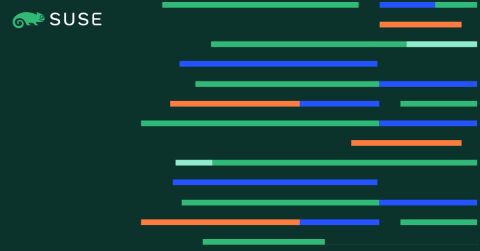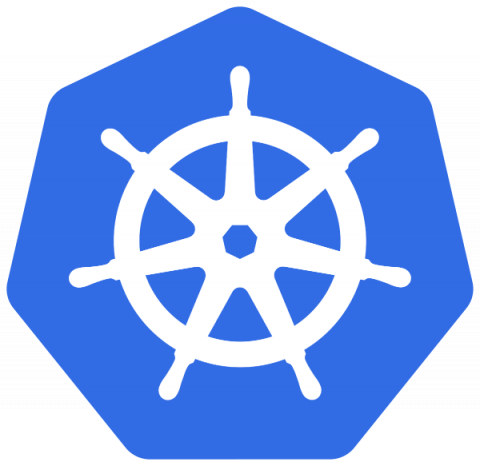Operations | Monitoring | ITSM | DevOps | Cloud
Latest Posts
Debugging your Rancher Kubernetes Cluster the GenAI Way with k8sgpt, Ollama & Rancher Desktop
Announcing the Harvester v1.3.0 release
Rancher Desktop 1.13: With Support for WebAssembly and More
How NeuVector Leverages eBPF to Improve Observability and Security
NeuVector UI Extension for Rancher Enhances Secure Cloud Native Stack
Announcing Longhorn 1.6.0
Building a Custom Read-only Global Role with the Rancher Kubernetes API
In 2.8, Rancher added a new field to the GlobalRoles resource (inheritedClusterRoles), which allows users to grant permissions on all downstream clusters. With the addition of this field, it is now possible to create a custom global role that grants user-configurable permissions on all current and future downstream clusters. This post will outline how to create this role using the new Rancher Kubernetes API, which is currently the best-supported method to use this new feature.
Announcing the Rancher Kubernetes API
It is our pleasure to introduce the first officially supported API with Rancher v2.8: the Rancher Kubernetes API, or RK-API for short. Since the introduction of Rancher v2.0, a publicly supported API has been one of our most requested features. The Rancher APIs, which you may recognize as v3 (Norman) or v1 (Steve), have never been officially supported and can only be automated using our Terraform Provider.
Unveiling Rancher 2.8 and Rancher Prime 2.0: Advancing Interoperability and Efficiency
The Rancher by SUSE team has been dedicated to fortifying the Rancher platform to be the most interoperable and adaptable platform for our customers and the wider community over the past year. In late 2022, we introduced the ‘Extensions Catalog.’, and earlier this year at KubeCon Europe in Amsterdam, we revealed our Rancher UI Extensions framework. Continuing this momentum, we are thrilled to announce the release of Rancher 2.8 and Rancher Prime 2.0.





